Best ASUS Tinker Board Case Options
What is the ASUS Tinker Board?
Like the Raspberry Pi, Orange Pi Prime, or Libre Computer Renegade, the ASUS Tinker Board is a single-board computer (SBC) capable of running a variety of OSes. As such, you may use the Tinker Board for a bevy of projects, ranging from a basic Linux computer to a retro gaming console or server. With releases ranging from Linux distros to retro gaming operating systems and even Chrome OS, you can create a multitude of projects.ASUS Tinker Board specs:
- Rockchip RK3288 Cortex-A17 quad-core SoC
- ARM Mali-T764 GPU
- Up to 4K video support
- 2GB DDR3
- 802.11 b/g/n Wi-Fi
- Bluetooth 4.0
- 4 x USB 2.0 ports
- 1 x 15-pin MIPI CSI slot
- 1 x 40-pin GPIO header
- micro USB port for power
1. RetroFlag NESPi Case
![]()
Because the ASUS Tinker Board remains compatible with most Raspberry Pi 3 cases, the RetroFlag NESPi case is a top choice. With the aesthetics of the original front loader NES console, complete with a front loader flip-up slot concealing two USB ports and an ethernet port. There's a cooling fan, working power and reset buttons, and USB hub for additional connectivity. This is my Raspberry Pi 3 case of choice and perfect for gaming on the ASUS Tinker Board with Lakka or RetroPie. Best for: Retro gaming, HTPC use
2. Retroflag SuperPi Case
![]()
Similarly, RetroFlag offers its SuperPi cases, which as the name suggests, is a Super Nintendo-styled Raspberry Pi case. Like its NES counterpart, the SuperPi case features functioning power and reset buttons, a microSD card slot, and easy to access USB ports. It comes in two varieties: A US variant and the European model. Both come with a wired controller. Ultimately, for a retro gaming console powered by Lakka or RetroPie, an SNES case completes the DIY SNES Classic Mini aesthetic.Best for: Retro gaming, HTPC use
3. Smraza ASUS Tinker Board Case
![]()
The Smraza ASUS Tinker Board case is my go-to. The kit I ordered came with aluminum heatsinks for RAM, a copper heatsink for the CPU, the case, and a power supply with an on/off switch. It's stylish, easy to put together, and allows for access to core components such as the GPIO header.Best for: General computer use
4. 3ple Decker Case for Tinker Board
![]()
For an inexpensive, barebones ASUS Tinker Board case, try the 3ple Decker Case. It's transparent and comes in several colors including green, blue, black, pink, and white. Since these cases are stackable, it's perfect for creating an ASUS Tinker Board server cluster. Best for: Server use, general computer use
5. Tekit Tinker Board Case
![]()
Though plastic cases abound, premium aluminum cases provide a better experience. A gorgeous ASUS Tinker Board case, the Tekit is comprised of aluminum alloy. Included, there's a cooling fan to keep temperatures in check. A lovely, high-quality case with a cooling fan, the Tekit case is a solid option. Best for: Server use, HTPC, and general computing
Best ASUS Tinker Board Case Options: Final Thoughts
Featuring compatibility with Raspberry Pi cases, the ASUS Tinker Board is a utilitarian maker board. What you plan to specifically use your case for ultimately dictates which case option is best. Retro gamers using Lakka or RetroPie might consider an NES or SNES case. However, an ASUS Tinker Board server works best in a Tekit aluminum case since it's cooled, or the 3ple Decker case which is stackable and therefore ideal for creating a cluster configuration.What are you using your ASUS Tinker Board for and what cases do you suggest?



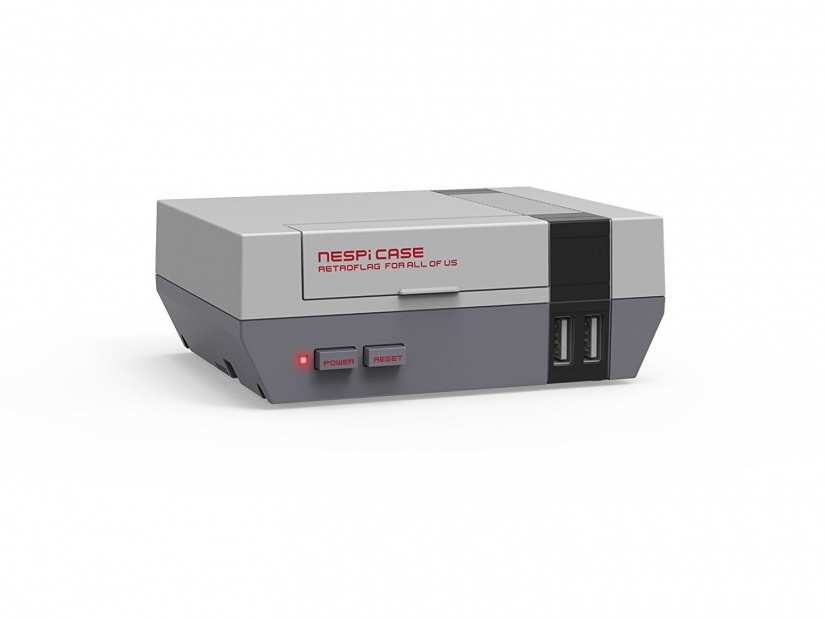
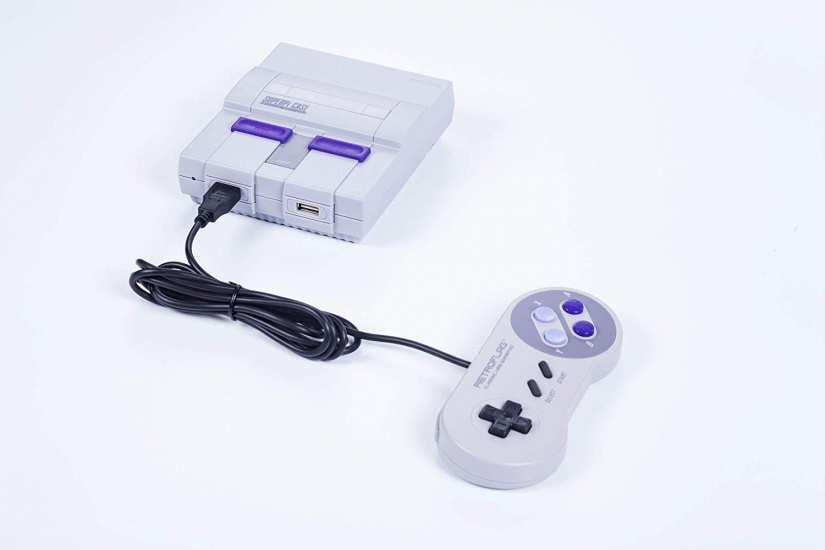
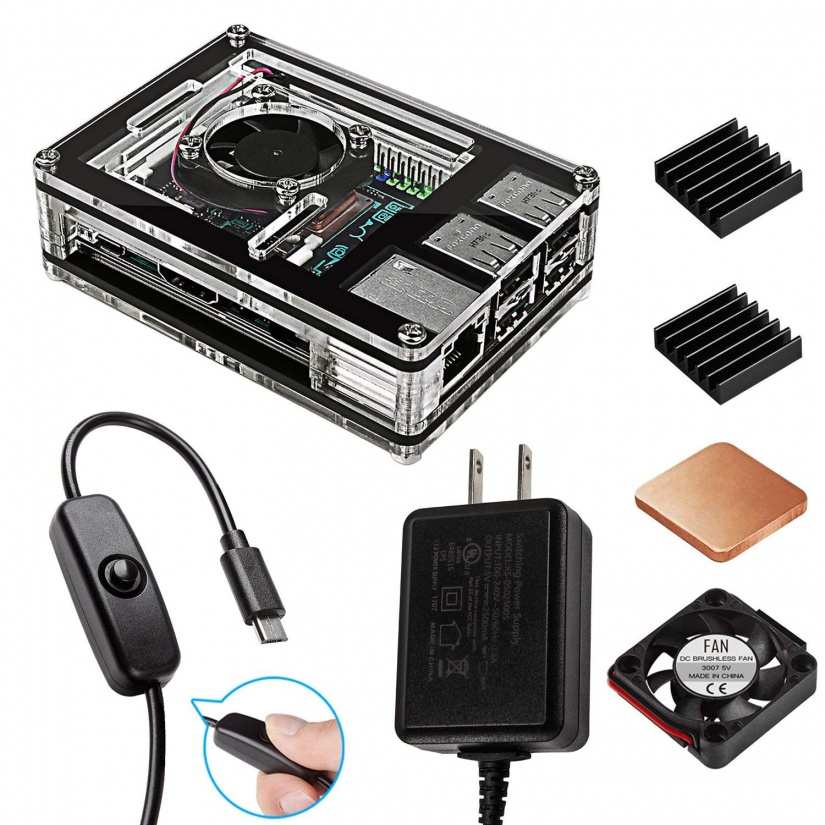
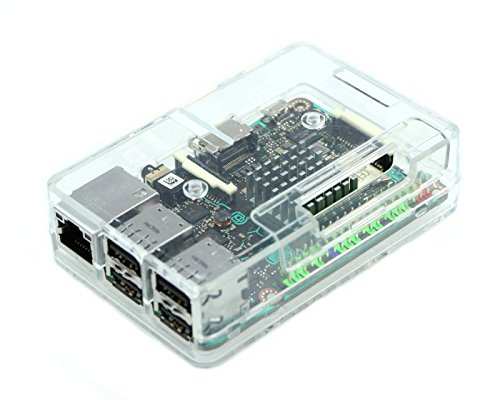
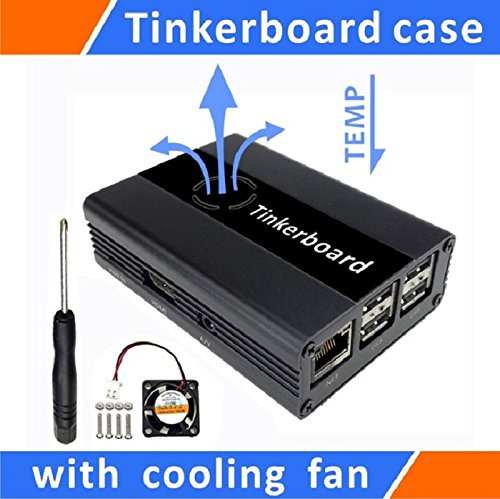

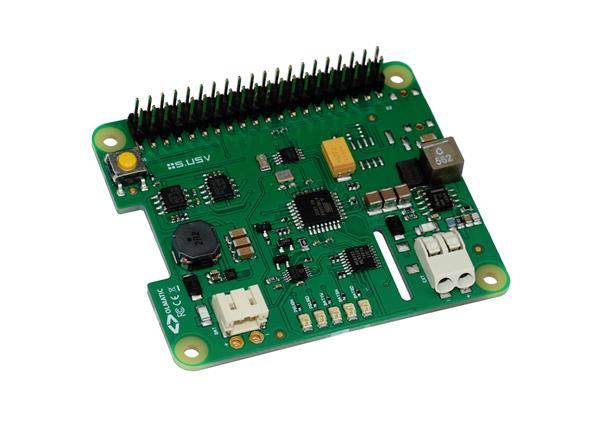
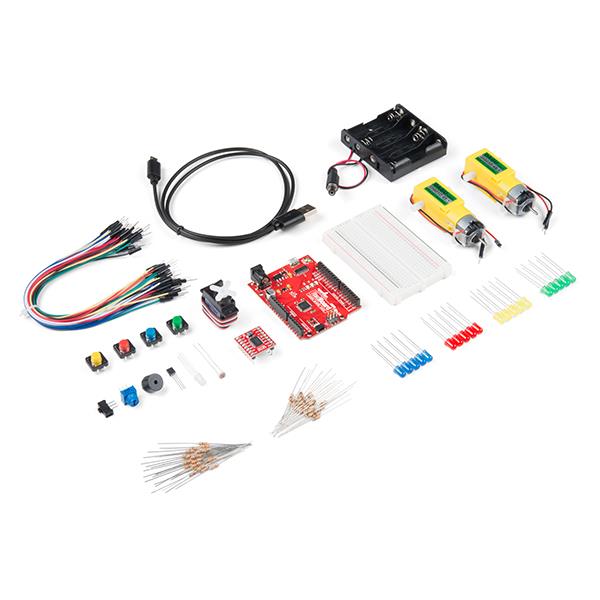
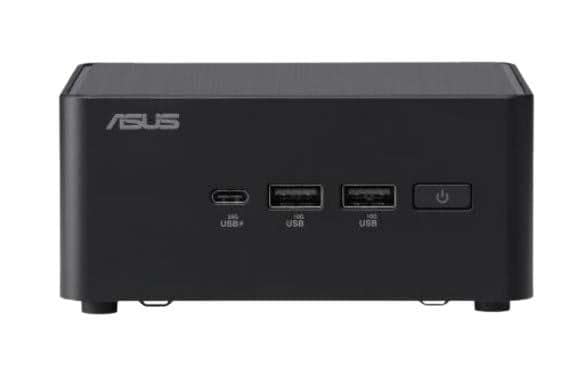
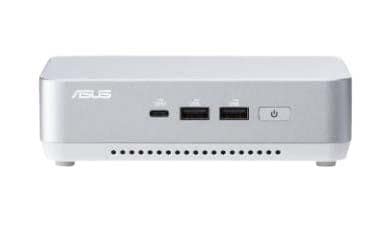
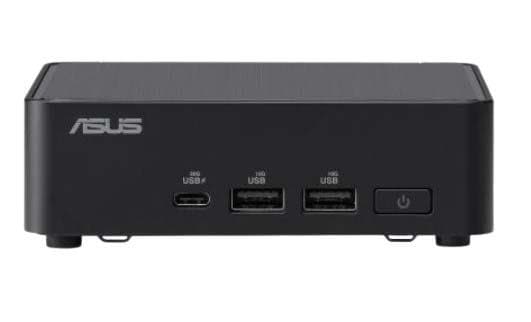

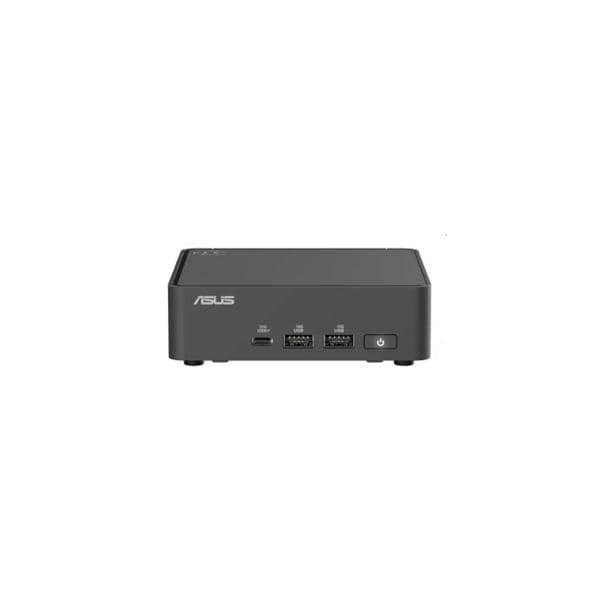


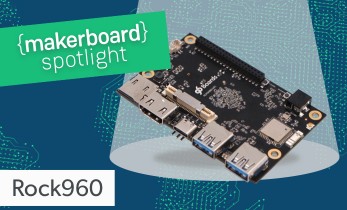
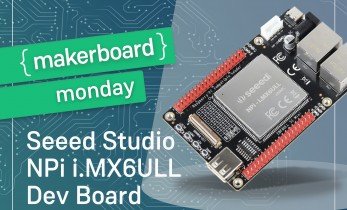
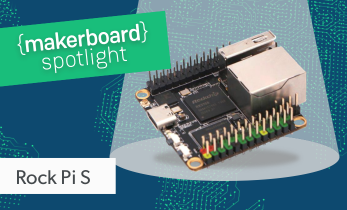
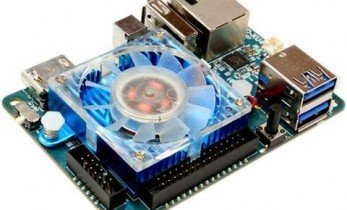
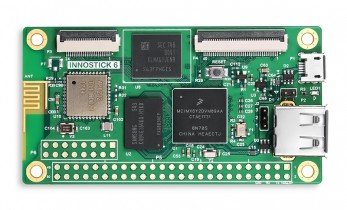
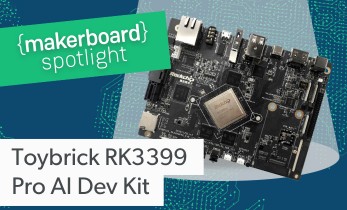
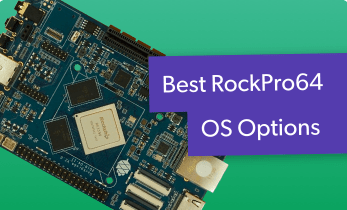

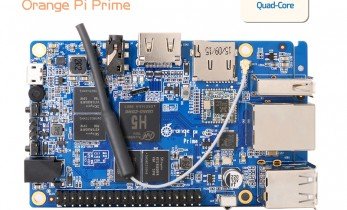
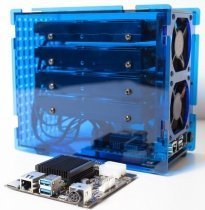

Leave your feedback...